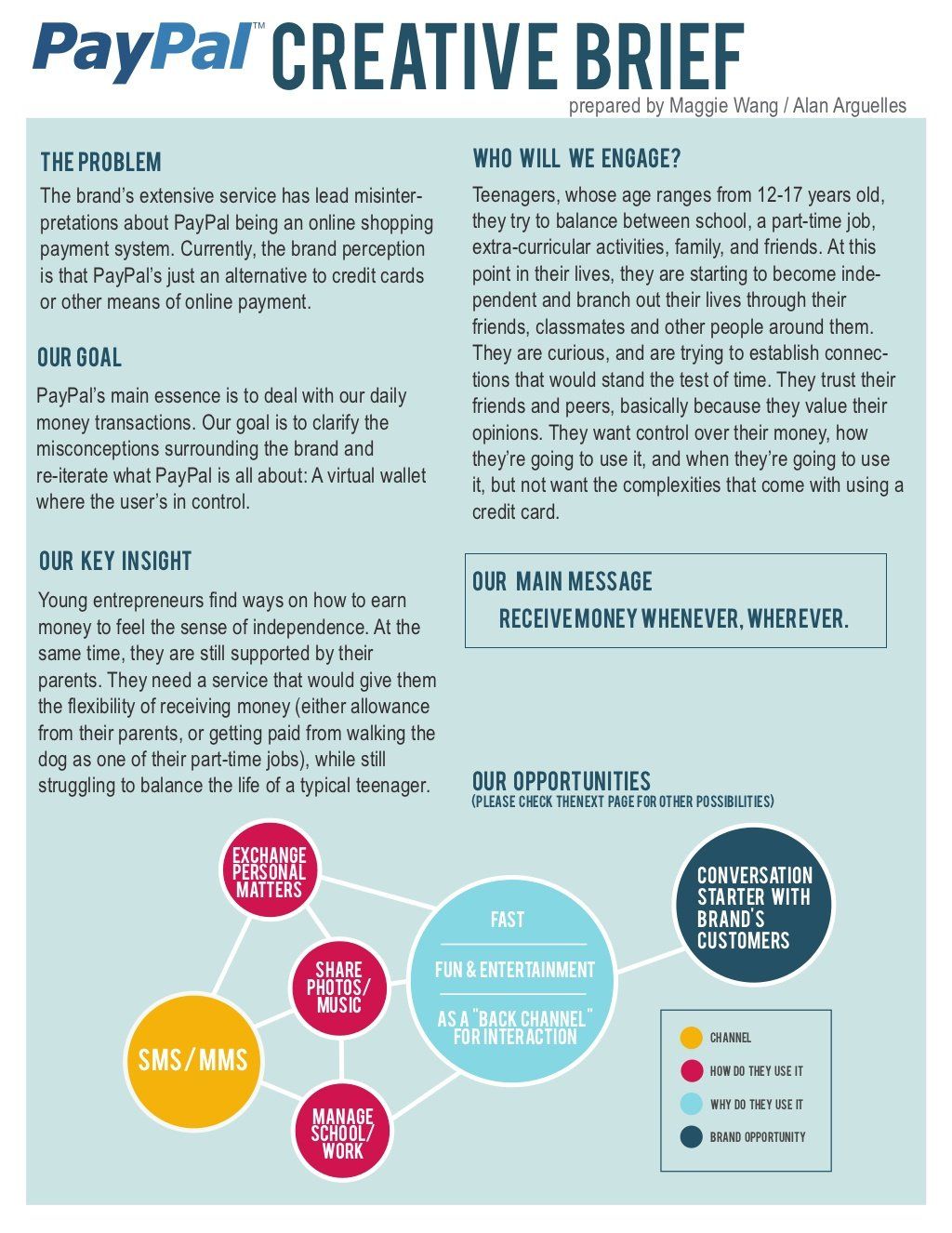Briefs: Key Elements And How To Use Them Effectively

Table of Contents
Understanding the Purpose of a Brief
The core function of a brief is to provide a clear, concise overview of a project, task, or assignment. It serves as a central document, outlining all essential information necessary for successful execution. Using well-structured briefs offers numerous benefits, including:
- Improved communication: Reduces ambiguity and ensures everyone is on the same page.
- Reduced misunderstandings: Prevents costly errors and rework by setting clear expectations.
- Enhanced efficiency: Streamlines workflows and saves valuable time and resources.
- Better outcomes: Leads to projects that are completed on time, within budget, and to a high standard.
By creating and using effective briefs, you significantly reduce the risk of project failure due to poor communication or unclear expectations. A well-written brief acts as a single source of truth, eliminating the need for countless emails and meetings to clarify basic details.
Key Elements of an Effective Brief
Several key components contribute to an effective brief. Let's explore each in detail:
Project Overview/Background
Providing sufficient context and background information is crucial. This section sets the stage for the entire project and ensures everyone understands the "big picture." Include:
- Clearly stated project objectives and goals: What are you trying to achieve? Define your goals specifically and measurably.
- Relevant background information and context: Provide any necessary history, prior work, or relevant research.
- Defined scope and limitations of the project: What's included, and what's explicitly excluded?
Target Audience and Key Stakeholders
Defining your target audience and key stakeholders is vital for tailoring the brief to their needs and understanding. Consider:
- Identification of the primary and secondary audiences: Who are the main recipients of the brief, and who else needs to be informed?
- Understanding the needs and expectations of each stakeholder: What are their concerns, and how can the brief address them?
- Tailoring the language and tone to the target audience: Avoid jargon and technical terms that may not be universally understood.
Deliverables and Key Performance Indicators (KPIs)
Clearly outlining expected deliverables and how success will be measured is paramount. This ensures everyone understands the project's tangible outputs and how progress will be tracked.
- Specific and measurable deliverables: What concrete outputs are expected? Be precise and avoid ambiguity.
- Clearly defined KPIs for evaluating project success: How will you measure the project's success? Use quantifiable metrics.
- Deadlines and milestones for each deliverable: Establish a realistic timeline with clear milestones to track progress.
Budget and Resources
Outlining available budget and resources is essential for realistic planning and execution. Transparency in this area prevents unexpected delays or overruns.
- Total budget allocated for the project: Specify the total financial resources available.
- Available resources (personnel, tools, technology): List all resources at your disposal.
- Potential resource constraints and mitigation strategies: Identify any potential limitations and develop plans to address them proactively.
Communication Plan
Establishing clear communication channels and reporting procedures is critical for effective collaboration. This section ensures everyone knows how and when to communicate.
- Regular meeting schedule and frequency: Define how often updates will be shared.
- Methods of communication (email, video conferencing, etc.): Specify preferred communication channels.
- Process for reporting progress and addressing challenges: Outline a system for tracking progress and resolving issues.
How to Use Briefs Effectively
Creating and using briefs effectively involves a structured process. Consider these steps:
- Utilize templates and best practices for creating briefs: Start with a proven template to ensure consistency and completeness.
- Foster effective communication and collaboration: Encourage open dialogue and feedback throughout the process.
- Implement methods for tracking progress and ensuring accountability: Regularly review progress against the brief and address any deviations.
Conclusion: Mastering the Art of Briefs for Project Success
Effective briefs are instrumental in achieving project success. By clearly outlining project goals, target audiences, deliverables, and resources, you lay a solid foundation for efficient and productive collaboration. Well-written briefs minimize misunderstandings, improve communication, and ultimately lead to better outcomes. Implement the strategies discussed in this article to create and utilize powerful project briefs in your own projects. For further resources on effective brief writing, explore online guides and templates to refine your approach to creating even more impactful and concise briefs. Remember, mastering the art of effective briefs is an investment in your project's success.

Featured Posts
-
 10 Must See Cult Horror Films That Will Freak You Out
May 23, 2025
10 Must See Cult Horror Films That Will Freak You Out
May 23, 2025 -
 Thlyl Mbarat Qtr Walkhwr Dwr Ebd Alqadr Fy Alhzymt
May 23, 2025
Thlyl Mbarat Qtr Walkhwr Dwr Ebd Alqadr Fy Alhzymt
May 23, 2025 -
 Nyt Mini Crossword Solutions For March 24 2025
May 23, 2025
Nyt Mini Crossword Solutions For March 24 2025
May 23, 2025 -
 Saving Our Museums Understanding The Ramifications Of Trumps Budgetary Decisions
May 23, 2025
Saving Our Museums Understanding The Ramifications Of Trumps Budgetary Decisions
May 23, 2025 -
 Atempause Und Stadterkundung Radtouren Zu Den Persoenlichkeiten Essens
May 23, 2025
Atempause Und Stadterkundung Radtouren Zu Den Persoenlichkeiten Essens
May 23, 2025
